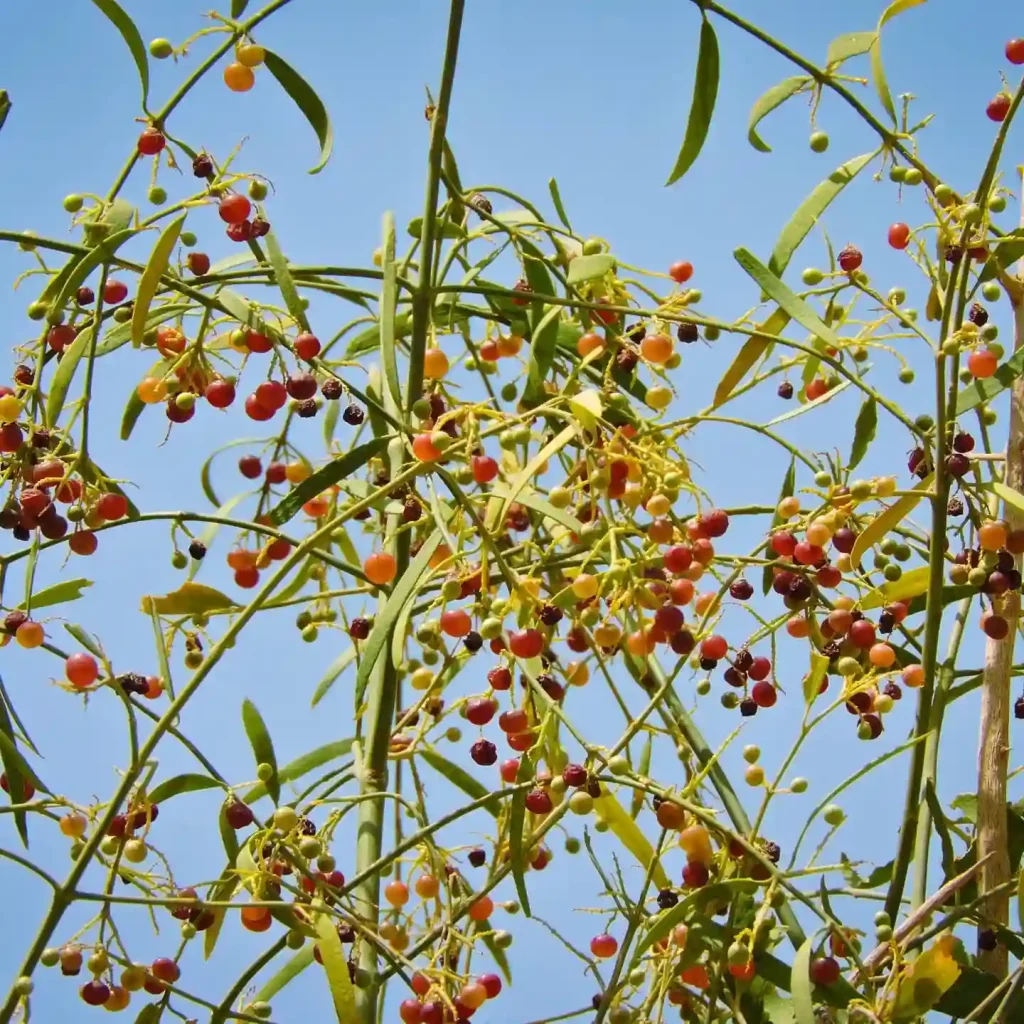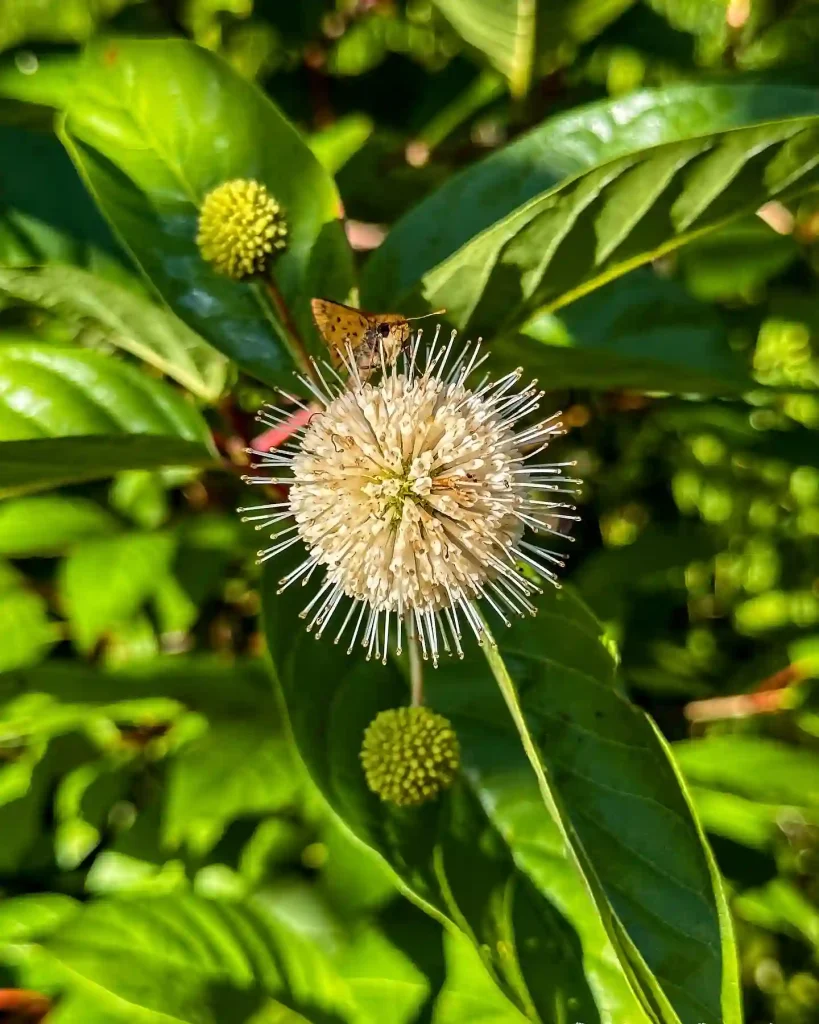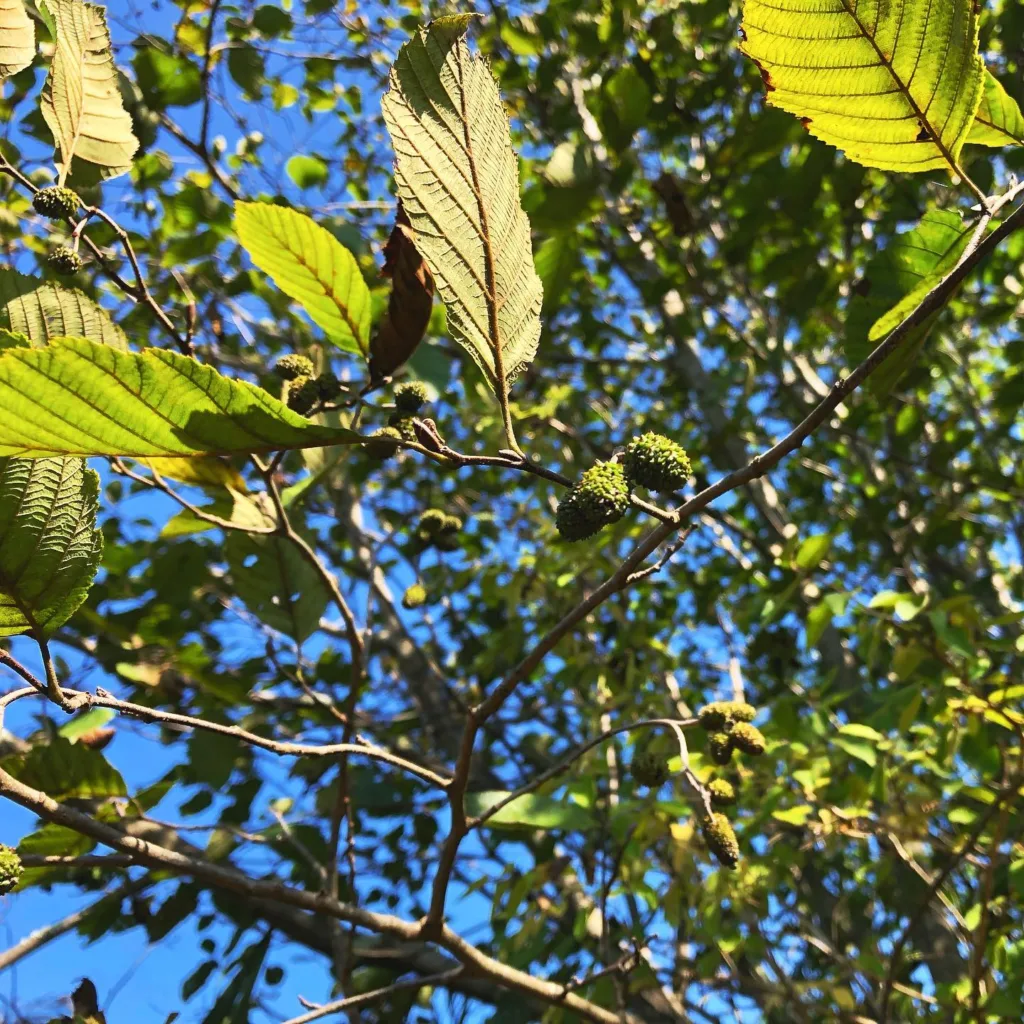FAQs about Epilobium Canum Catalina
Epilobium Canum Catalina, also known as California Fuchsia, is one of my favorite native plants. It brings a burst of vibrant color to my garden, attracts hummingbirds, and requires minimal care. I’ve received a lot of questions about this plant, so I thought I’d share some insights and tips based on my experience.
265 Species in Genus Epilobium
What is Epilobium Canum Catalina?
Epilobium Canum Catalina is a perennial plant native to California and parts of the western United States. This plant is known for its bright orange-red, tubular flowers that bloom in late summer and fall. The foliage is typically gray-green, providing a nice contrast to the vibrant flowers. In my garden, Epilobium Canum Catalina stands out as a low-growing shrub that adds a splash of color when most other plants are winding down for the season.
How to Care for Epilobium Canum Catalina?
Caring for Epilobium Canum Catalina is straightforward, which is one of the reasons I love this plant. It thrives in well-draining soil and prefers full sun, though it can tolerate partial shade. I’ve found that it’s drought-tolerant once established, which makes it perfect for my low-maintenance garden. During the first year, I made sure to water it regularly to help it establish a strong root system. After that, I’ve been able to reduce watering to about once every two weeks during the hot summer months.
One thing I’ve learned is that Epilobium Canum Catalina doesn’t require much fertilization. In fact, too much fertilizer can lead to leggy growth and fewer flowers. I usually add a little compost in the spring, which provides enough nutrients for healthy growth throughout the year.
Pruning is another essential aspect of care. After the blooming season ends, I trim back the plant to about half its size. This keeps it compact and encourages more vigorous growth in the following season. If you leave it unpruned, it can become leggy and less attractive over time.
How to Propagate Epilobium Canum Catalina?
Propagating Epilobium Canum Catalina is quite simple. I prefer to do it through stem cuttings, as it’s quick and has a high success rate. Here’s how I do it:
- Select a healthy stem: In late spring or early summer, I choose a non-flowering stem with plenty of leaves.
- Cut the stem: I cut a 4-6 inch section just below a leaf node.
- Remove lower leaves: I strip the leaves from the lower half of the cutting.
- Dip in rooting hormone: To increase the chances of successful rooting, I dip the cut end in rooting hormone.
- Plant the cutting: I plant the cutting in a well-draining potting mix, keeping it moist until roots develop.
Within a few weeks, roots should form, and I can transplant the new plant into the garden. Propagation by seed is also possible, but it takes longer and requires more attention to detail.
What to Plant with Epilobium Canum Catalina?
When choosing companion plants for Epilobium Canum Catalina, I look for other drought-tolerant, sun-loving plants that complement its vibrant flowers. Here are some of my favorite combinations:
- Salvia Clevelandii: The purple-blue flowers of Salvia Clevelandii create a stunning contrast with the red-orange blooms of Epilobium Canum Catalina. Both plants are drought-tolerant and attract pollinators.
- Eriogonum Grande Rubescens: Also known as Red-Flowered Buckwheat, this plant has clusters of rosy-pink flowers that pair beautifully with the fiery tones of California Fuchsia.
- Artemisia Californica: The silver-gray foliage of this native sagebrush provides a soft background that makes the bright flowers of Epilobium Canum Catalina pop.
- Agastache: I’ve found that the tall, spiky flowers of Agastache add vertical interest and attract even more hummingbirds to the garden.
Why Choose Epilobium Canum Catalina for Your Garden?
I choose Epilobium Canum Catalina for several reasons. First, it’s a native plant, so it’s well adapted to my local climate and soil conditions. This means it’s low-maintenance and less prone to pests and diseases. The long blooming season is another major plus. When other plants are fading, California Fuchsia is just getting started, keeping my garden vibrant through the fall.
Moreover, this plant is a magnet for hummingbirds. I love watching them dart around the garden, sipping nectar from the tubular flowers. It’s also a great choice for erosion control on slopes, as its deep roots help stabilize the soil.
How to Incorporate Epilobium Canum Catalina into Your Landscape?
In my experience, Epilobium Canum Catalina works well in various landscape designs. It’s perfect for a naturalistic garden, especially when paired with other native plants. I also like using it in rock gardens, where its low-growing habit and bright flowers add color without overwhelming the space.
For a more formal garden, consider using Epilobium Canum Catalina as a border plant. It can create a striking edge along pathways or garden beds. I’ve also seen it used effectively in containers, where it can spill over the edges, adding a cascading effect.
Final Thoughts
Epilobium Canum Catalina is a versatile, low-maintenance plant that deserves a place in any garden. Whether you’re looking to attract pollinators, add late-season color, or simply enjoy the beauty of native plants, this California Fuchsia is a fantastic choice. With proper care and the right companions, it will thrive and bring joy to your garden year after year.
If i die, water my plants!



